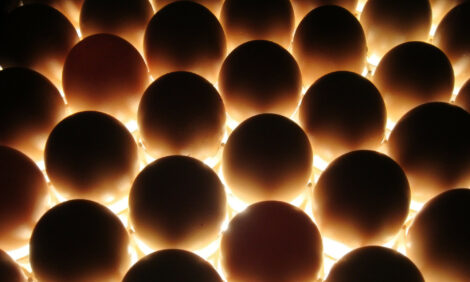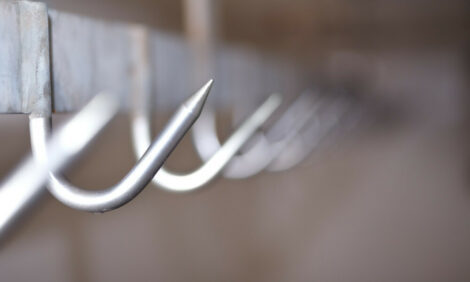



EU sets dioxin and PCB levels for food and feed
EU - The European Commission has set maximum levels for dioxins and PCBs in food as fears grow in three EU countries, where pig and poultry feed was found to be contaminated with the family of cancer-causing chemicals.The limits will take effect from November 2006 giving food processors and other sector companies another parameter to test for when sourcing their ingredients or releasing their products to market.
Any food or feed in which the sum of dioxins and dioxin-like PCBs exceeds these maximum levels will not be allowed to be marketed in the EU.
Maximum levels for dioxins and dioxin-like polychlorinated biphenyls (PCBs) in food and feed have been applicable since July 2002. However, due to lack of sufficient data and scientific information at the time, the Commission did not set levels for dioxin-like PCBs.
Since 2002, new data on dioxin-like PCBs has become available, the Commission stated in adopting the new limits on Friday. The regulation lays down mandatory limits for the combined level of dioxins and dioxin-like PCBs.
The new limit is part of the Commission's policy to reduce persistent chemicals such as dioxins and dioxin-like PCBs in the food chain. Dioxins and PCBs have toxic properties which can provoke a series of health problems, including cancer, immune and nervous system disorders, liver damage and sterility.
The Commission plans to adopt a recommendation today that sets “action levels” and foresees “target levels” for dioxins and PCBs in feed and food.
Source: FoodProductionDaily









